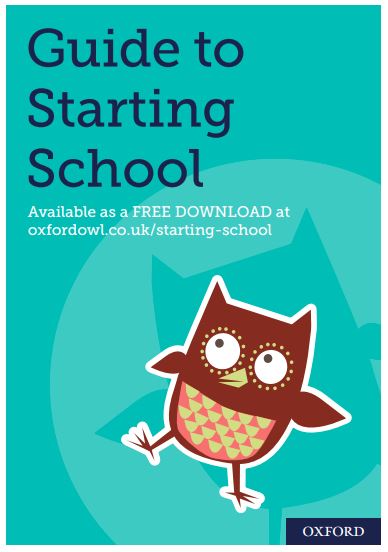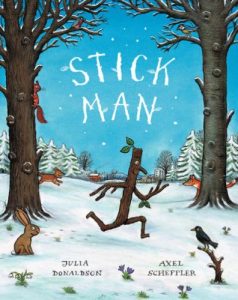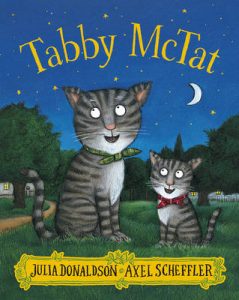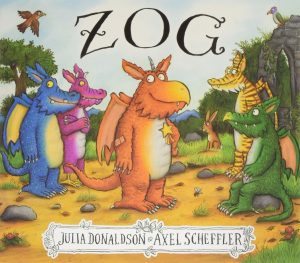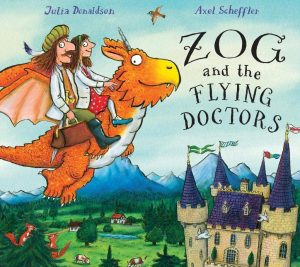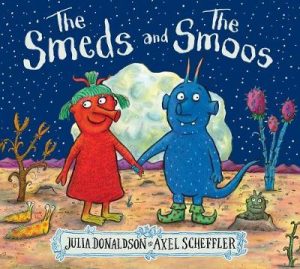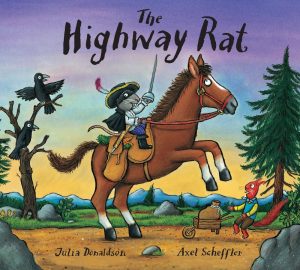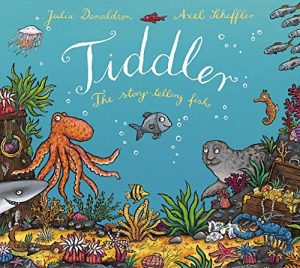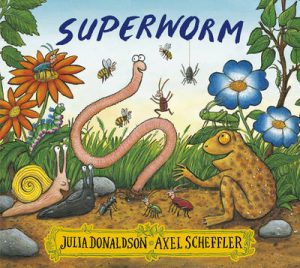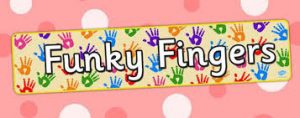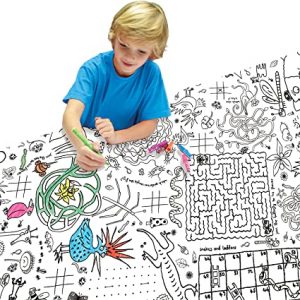Here are some great activities for all little ones up to the age of five years old.
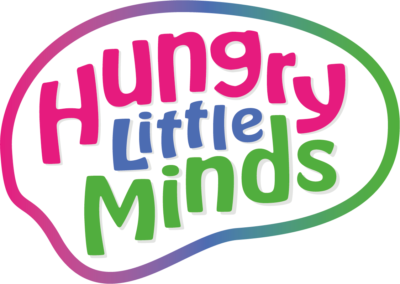


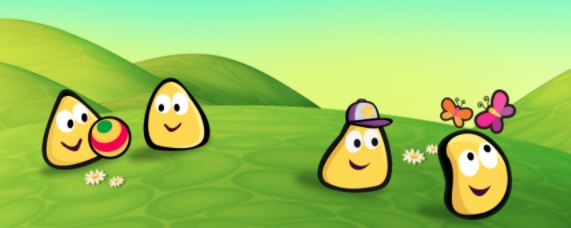 Sing along to some nursery rhymes with CBeebies.
Sing along to some nursery rhymes with CBeebies.
As with all areas of development, each child will develop the skills needed to hold a pencil at a different time, however they will work through a number of stages. This includes strengthening their hand, shoulder and arm muscles, and mobility. Below is a guide to the different pencil grip stages. Doing the different activities above will support your child to strengthen their gross motor skills and fine motor skills.
Early Years Pencil Grip Development Guide for Parents
Julia Donaldson is best known for her popular rhyming stories for children and you can access animated films based on Julia Donaldson’s picture books on BBC iPlayer for free.
https://www.bbc.co.uk/iplayer/group/p06vkmht
Here are home learning activity packs based on some of Julia Donaldson’s magical storybooks. These are perfect for helping your child to learn new skills in a fun and engaging way.
Stick Man by Julia Donaldson Home Learning Resource
The Ugly Five by Julia Donaldson Home Learning Resource
Tabby McTat by Julia Donaldson Home Learning Resource
Zog by Julia Donaldson Home Learning Resource
Zog and the Flying Doctor by Julia Donaldson Home Learning Resource
The Smeds and the Smoos by Julia Donaldson Home Learning Resource
The Highway Rat by Julia Donaldson Home Learning Resource
Tiddler by Julia Donaldson Home Learning Resource
Superworm by Julia Donaldson Home Learning Resource
Please continue to draw everyday with your child and practise getting those fingers ready to write by building up the muscle. An internet search of ‘Funky Fingers/Finger Gym’ with provide a range of different activities for your child to build up their upper body strength (gross motor skills) and finger/hand strength and control (fine motor skills). There are lots of websites you can visit to give you some ideas of how to develop different skills, for example;
Therapy Street for Kids
http://therapystreetforkids.com/fm-strength.html
http://therapystreetforkids.com/fm-pincergrasp.html
http://therapystreetforkids.com/PreWritingSkills.html
https://www.pinterest.co.uk/nicm0y/eyfs-fine-motorfunky-fingers/
Pre-writing activities to get you started:
– Complete activities whilst lying on their tummy, taking the weight through their elbows. E.g. watching TV, reading a book, puzzles.
– Climbing, seesaw, tug of war and swing activities with the child holding onto ropes.
– Using a bat and ball. High balls from a washing line at different heights and aim to hit the ball with the bat.
– Craft activities – cutting, scrunching, gluing and ripping paper and bending pipe cleaners.
– Games involving flicking small objects e.g. flicking balls of paper of a table into a ‘goal’. (Playdough football is great for this)
– Place a firm elastic band around tips of fingers and thumb. Open and close it 10 times with each hand.
– Dough gym – pinching, pressing, rolling, squeezing. Youtube has lots of videos for this.
– Holding a handful of items in hand and posting them into a jar one by one (buttons, coins), using thumb and forefinger Picking up items with pegs, tongs, tweezers.
– Swimming
– Ribbon dancing (use old clothing or sheets to dance around and twirl the fabric to your favourite songs)
– Threading beads, straws etc.
– Walking fingers e.g. along tape placed on the table. Ring and little finger curled out of the way.
– Pop bubble wrap
– Turn keys in padlocks
– Tying knots into string and linking paper clips
– Posting items into the ‘hungry monster’. Use a tennis ball with slit as a mouth and squeeze to collect (munch) them. Add googly eyes and other features to make your monster unique.
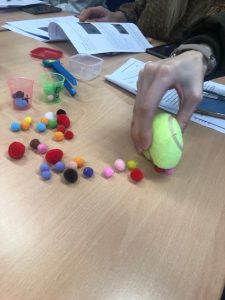
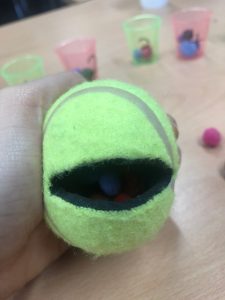
– Picking up sequins off a table or stickers off a sticker sheet
– Interlocking construction eg Lego, stickle bricks.
Early writing activities:
– Tracing and stencil activities
Pencil Control Activity Sheets
– Colouring in activities, staying inside the lines.
– Dot to dots
– Drawing letter shapes in the air to music
– Copying over letter shapes
– Drawing letters in sand, flour, sugar or shaving foam spread thinly on a table.
– Write with chalk, crayons, finger paints, pencils, pens etc.
– Write letters in the air with eyes shut.
– Recognition of letters through touch (stick letters, magnetic letters, fuzzy felt, sand paper letters).
– Drawing or writing on vertical surfaces (chalkboard, whiteboard, tiles at bath time with bath pens or bubbles).
– Drawing or writing with chalks on the ground or pavement Water painting on outdoor walls with paintbrush.
Printable Home Learning Booklet
Here I have created a printable home learning booklet with a range of activities across 30 pages.
Below is a link to a 5 page guide made by Disney Learning with some simple games and activities to support home learning.
A Parent’s Guide to Supporting your Child’s Phonics, Maths, and English Learning by Disney Learning
Classroom Secrets Home Learning
EYFS-Home-Learning-Pack-Guidance 1
EYFS-Home-Learning-Pack-Practical-Ideas 1
EYFS-Week-2-Home-Learning-Pack
EYFS-Week-2-Home-Learning-Pack-Guidance
EYFS-Home-Learning-Pack-Week-3
EYFS-Home-Learning-Pack-Guidance-Week-3
EYFS-Week-4-Home-Learning-Pack
EYFS-Week-4-Home-Learning-Pack-Guidance
EYFS-Week-5-Home-Learning-Pack
EYFS-Week-5-Home-Learning-Pack-Guidance
EYFS-Week-6-Home-Learning-Pack
EYFS-Week-6-Home-Learning-Pack-Guidance
EYFS-Week-7-Home-Learning-Pack
EYFS-Week-7-Home-Learning-Pack-Guidance


